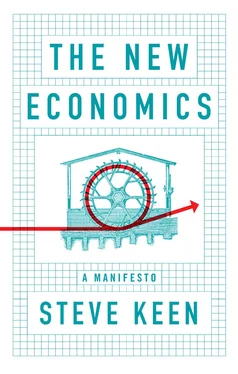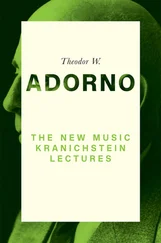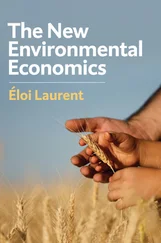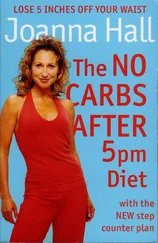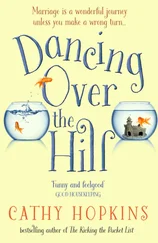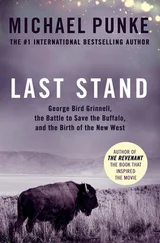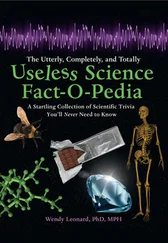1 Cover
2 Title Page The New Economics A Manifesto Steve Keen polity
3 Copyright Page Copyright Page Copyright © Steve Keen 2022 The right of Steve Keen to be identified as Author of this Work has been asserted in accordance with the UK Copyright, Designs and Patents Act 1988. First published in 2022 by Polity Press Polity Press 65 Bridge Street Cambridge CB2 1UR, UK Polity Press 101 Station Landing Suite 300 Medford, MA 02155, USA All rights reserved. Except for the quotation of short passages for the purpose of criticism and review, no part of this publication may be reproduced, stored in a retrieval system or transmitted, in any form or by any means, electronic, mechanical, photocopying, recording or otherwise, without the prior permission of the publisher. ISBN-13: 978-1-5095-4528-5 ISBN-13: 978-1-5095-4529-2 (pb) A catalogue record for this book is available from the British Library. by Fakenham Prepress Solutions, Fakenham, Norfolk NR21 8NL The publisher has used its best endeavours to ensure that the URLs for external websites referred to in this book are correct and active at the time of going to press. However, the publisher has no responsibility for the websites and can make no guarantee that a site will remain live or that the content is or will remain appropriate. Every effort has been made to trace all copyright holders, but if any have been overlooked the publisher will be pleased to include any necessary credits in any subsequent reprint or edition. For further information on Polity, visit our website: politybooks.com
4 Figures and tables Figures and tables Figures 2.1. Money enables the butter maker to buy a gun without the gun maker having to want butter 2.2. The State as the conduit for fiat money transfers where money is the State’s liability and physical gold its asset 2.3. Modelling the initiation of a monetary economy in Minsky 2.4. Growth of coins and the economy from an initial minting of 1,000 coins 2.5. The fundamental monetary operations of the government 2.6. US government debt and deficits over the past 120 years 2.7. US unemployment and inflation 1960–1990 2.8. The relationship between credit and unemployment 2.9. Private debt and credit in the USA since 1834 2.10. The banking sector’s view of a mixed fiat-credit economy 2.11. An integrated view of government deficits and private sector credit 2.12. Margin debt and the stock market’s cyclically-adjusted price-to-earnings ratio (CAPE) since 1910 2.13. Accounting for a Modern Debt Jubilee 2.14. Change in household credit and change in house prices (correlation 0.64) 3.1. The cyclical interaction of grass and cows 3.2. A predator-prey model in Minsky , using sharks and fish 3.3. Lorenz’s model of aperiodic cycles in the weather 3.4. The Keen-Minsky model and the ‘intermittent route to chaos’ 3.5. Declining cycles in employment and inflation, while private debt rises 4.1. The basic principle of a heat engine: Work can be done if T H > T C 4.2. The correlation between change in global energy consumption and change in global GDP is 0.83 4.3. A simple energy-based model with resource depletion and waste production 4.4. Estimates of the total impact of climate change plotted against the assumed climate change 6.1. Simple population growth as an integral equation in Minsky
Figures Tables Tables 2.1. Economic performance of major periods in post-Second World War USA 2.2. A Moore Table showing expenditure IS income for a three-sector economy 2.3. The Moore Table for Loanable Funds 2.4. The Moore Table for bank-originated money and debt 2.5. Magnitude of credit and duration of negative credit in the USA’s major economic crises 4.1. Extract from Nordhaus’s table 5: breakdown of economic activity by vulnerability to climatic change in 1991 US$ terms
5 Dedication Dedication Dedicated to my wife Nisa, whose Buddhist grounding in the present keeps me sane as I contemplate the future facing both humanity, and the biosphere that humanity has so severely damaged .
6 1 Why this manifesto? Notes
7 2 Money matters 2.1 Modelling the origins of fiat money in Minsky 2.2 Modelling modern fiat money in Minsky 2.3 The logic of credit’s role in aggregate demand 2.4 Negative credit, economic crises and economic policy 2.5 An integrated view of deficits and credit 2.6 A Modern Debt Jubilee 2.7 Taming ‘the roving cavaliers of credit’ 2.7.1 ‘The pill’ 2.7.2 Jubilee shares 2.7.3 Entrepreneurial equity loans 2.8 Shifting the monetary paradigm Notes
8 3 Our complex world 3.1 A complex systems model of economic instability 3.2 Complexity and the impossibility of microfoundations 3.3 The macrofoundations of macroeconomics Notes
9 4 Economics, energy and the environment 4.1 Our unsustainable future 4.2 Revolution by revulsion Notes
10 5 The Neoclassical disease Notes
11 6 Conclusion: Be the change 6.1 Your contrarian education in economics Notes
12 References
13 Index
14 End User License Agreement
1 Chapter 2 Table 2.1Economic performance of major periods in post-Second World War USA Table 2.2A Moore Table showing expenditure IS income for a three-sector economy Table 2.3The Moore Table for Loanable Funds Table 2.4The Moore Table for bank-originated money and debt Table 2.5Magnitude of credit and duration of negative credit in the USA’s major ec...
2 Chapter 4 Table 4.1Extract from Nordhaus’s table 5: breakdown of economic activity by vulner...
1 Chapter 2 Figure 2.1.Money enables the butter maker to buy a gun without the gun maker having to want... Figure 2.2.The State as the conduit for fiat money transfers where money is the State... Figure 2.3.Modelling the initiation of a monetary economy in Minsky . See http://www.... Figure 2.4.Growth of coins and the economy from an initial minting of 1,000 coins. See http... Figure 2.5.The fundamental monetary operations of the government. See http://www.profstevek... Figure 2.6.US government debt and deficits over the past 120 years Figure 2.7.US unemployment and inflation 1960–1990 Figure 2.8.The relationship between credit and unemployment Figure 2.9.Private debt and credit in the USA since 1834 Figure 2.10.The banking sector’s view of a mixed fiat-credit economy. See http://www.... Figure 2.11.An integrated view of government deficits and private sector credit. See http://... Figure 2.12.Margin debt and the stock market’s cyclically-adjusted price-to-earnings ... Figure 2.13.Accounting for a Modern Debt Jubilee. See http://www.profstevekeen.com/minsky/ Figure 2.14.Change in household credit and change in house prices (correlation 0.64)
2 Chapter 3 Figure 3.1.The cyclical interaction of grass and cows Figure 3.2.A predator-prey model in Minsky , using sharks and fish. See http://www.pr... Figure 3.3.Lorenz’s model of aperiodic cycles in the weather. See http://www.profste... Figure 3.4.The Keen-Minsky model and the ‘intermittent route to chaos’... Figure 3.5.Declining cycles in employment and inflation, while private debt rises
3 Chapter 4 Figure 4.1.The basic principle of a heat engine: Work can be done if T H... Figure 4.2.The correlation between change in global energy consumption and change in global... Figure 4.3.A simple energy-based model with resource depletion and waste production. See ht... Figure 4.4.Estimates of the total impact of climate change plotted against the assumed clim...
Читать дальше
